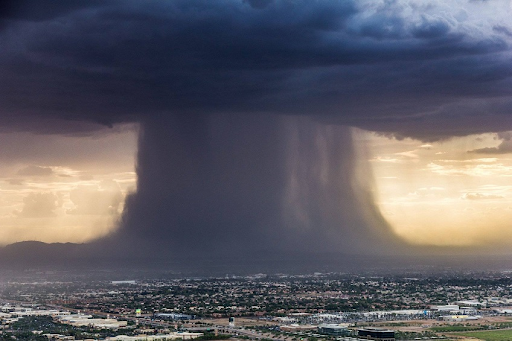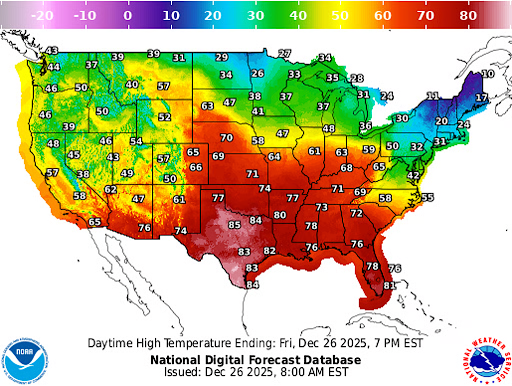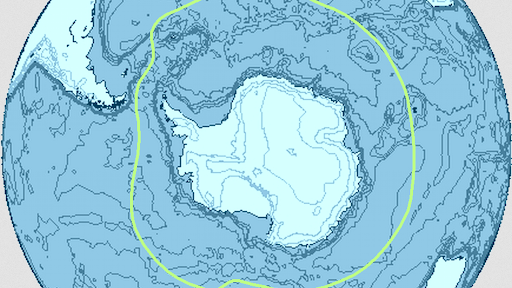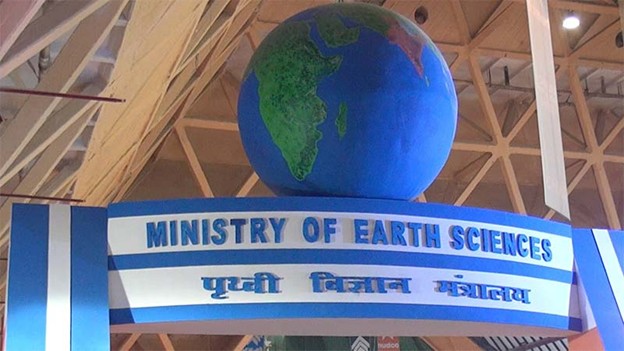Description
Copyright infringement not intended
Source: Kashmir observer
Context
Cloudbursts smash Himachal's Mandi: At least 10 dead, 34 missing following 1,900% extra rain on July 1.
What are Cloudbursts?
The India Meteorological Department (IMD) defines a cloudburst as 100 mm of rain in one hour. Cloudbursts typically occur across a narrow geographic area of 20 to 30 square kilometers. According to the Ministry of Earth Science (2021), climate change has increased the incidence of 5 cloudbursts every decade since 1969, particularly on the west coast and in the Himalayan region.
Phenomenon of Cloud Bursts
- Clouds condense: Cumulonimbus clouds occur when moisture-carrying air rises through steep terrain. These clouds generate rain, thunder, and lightning.
- Orographic lift: The unstable clouds create a violent deluge over a confined region after becoming thick enough and locking in the valleys and ridges between the hills.
- The air's upward motion gives the cloudburst the energy it requires to occur. Most cloudbursts occur between 1,000 and 2,500 metres above sea level, and they are followed by extensive flooding and landslides.
- Atmospheric disturbances: Low-pressure systems trigger the quick formation of convective clouds and torrential rainfall. Examples include cloud bursts and torrential rainfall during cyclonic occurrences in Odisha.
- Convergence of air masses: The collision of warm, wet air with cooler, denser air resulted in the rapid upward migration of heated air. Cloudbrust
- High Humidity Levels: For example, in 2005, Mumbai had a cloudburst caused by exceptionally high humidity levels combined with monsoon winds. Over 944 millimetres of rain poured in a single day, causing serious floods and inconvenience.
Consequences
- Because of the nature of the terrain, severe rainfall events frequently result in landslides and flash floods, causing widespread havoc downstream.
- However, these episodes occur in extremely limited areas that are frequently absent of rainfall measuring gear.
- However, the ramifications of these catastrophes extend beyond the limited locations.
Source : Downtoearth
Practice Question:
Q. With reference to cloudbursts, consider the following statements:
- Cloudbursts are most common in arid and semi-arid regions of India.
- A cloudburst involves extremely heavy rainfall in a short duration over a localized area.
- Climate change and rising temperatures can influence the frequency of cloudbursts.
Which of the statements given above is/are correct?
A) 1 and 2 only
B) 2 and 3 only
C) 1 and 3 only
D) 1, 2 and 3
Answer:
B) 2 and 3 only
Explanation:
- Statement 1: Incorrect – Cloudbursts are not common in arid or semi-arid regions. They are mostly observed in mountainous areas, especially the Himalayas, due to orographic lift and moisture-laden winds.
- Statement 2: Correct – Cloudbursts are intense rainfall events, often exceeding 100 mm per hour, within a small area (usually less than 10 km²).
- Statement 3: Correct – Climate change, warming atmosphere, and changes in monsoon patterns are believed to increase the frequency and intensity of such extreme weather events.
|




